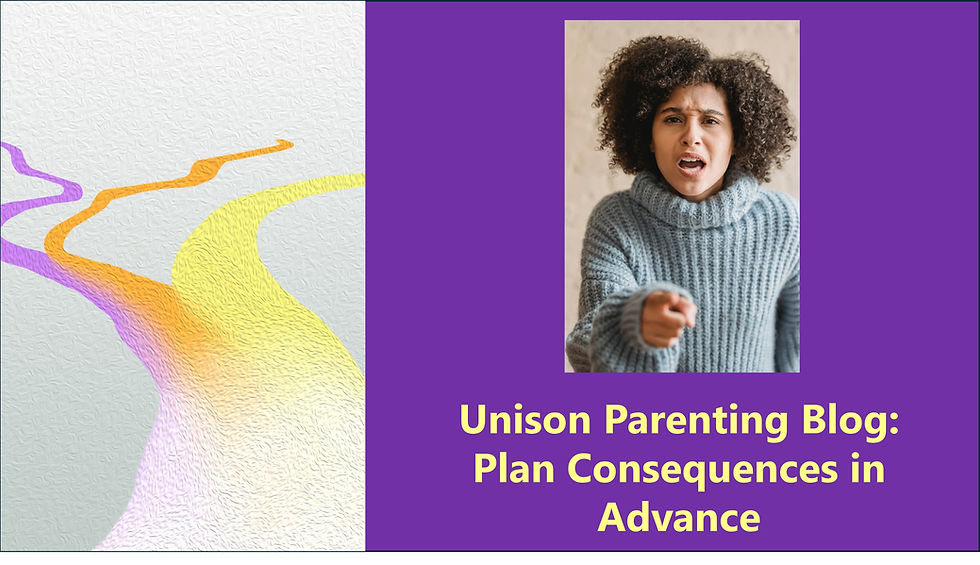Unison Parenting Blog: Pacing Your Parenting
- cecil2748
- Aug 21
- 2 min read

Kate Middleton, Princess of Wales, endorses a new proposal from the Royal Foundation Centre for Early Childhood. The advocated technique is known as "pacing."
Pacing means slowing down to your child's rate when teaching them something. Pacing is further explained in a foundation video entitled, "Creating space for connection."
A child does not process the world as quickly as an adult. One example is facial expressions. While adults quickly recognize a smile or a frown, a baby or toddler might take more time to interpret the expression. Maybe this is why babies often stare at strangers before reacting. A lot of processing is going on before they can respond.
Beyond the baby years, the same thing happens. As the child grows functionally, we come to expect more and more from them, anticipating they will process faster like we adults do. But especially when confronted with new learning, the child's processing speed may slow down. Unfortunately, the adult may respond with frustration and urges to hurry up, which interrupts and stresses the child's processing. Our haste only makes things worse.
The video suggests that the child may freeze or cry or appear to ignore us. This should be our cue to slow down.
The video also explains, "By asking a question and pausing to wait for a child to respond, we're allowing them to process things at their own pace. This gives their brain time to calmly work out what is happening and reply. Or sometimes it's as simple as lingering on a page when reading together, noticing what the child is interested in, and allowing them time to fully absorb."
From a Unison Parenting perspective, it's essential to get all parenting partners on the same page with this concept. Together, you can avoid or manage situations where a parent gets upset with the child for not moving fast enough. Just a simple reminder from a parenting partner to "pace" could allow the frustrated parent to reset and try again with more patience.
By slowing down, you can help your child learn to speed up - eventually.



Comments